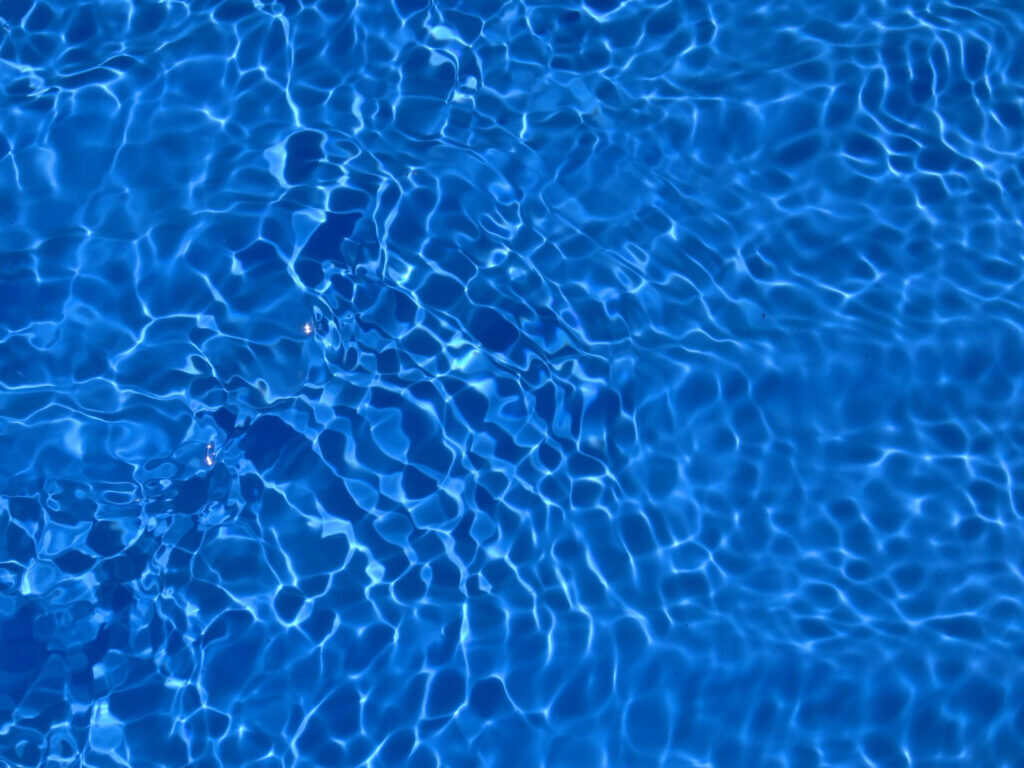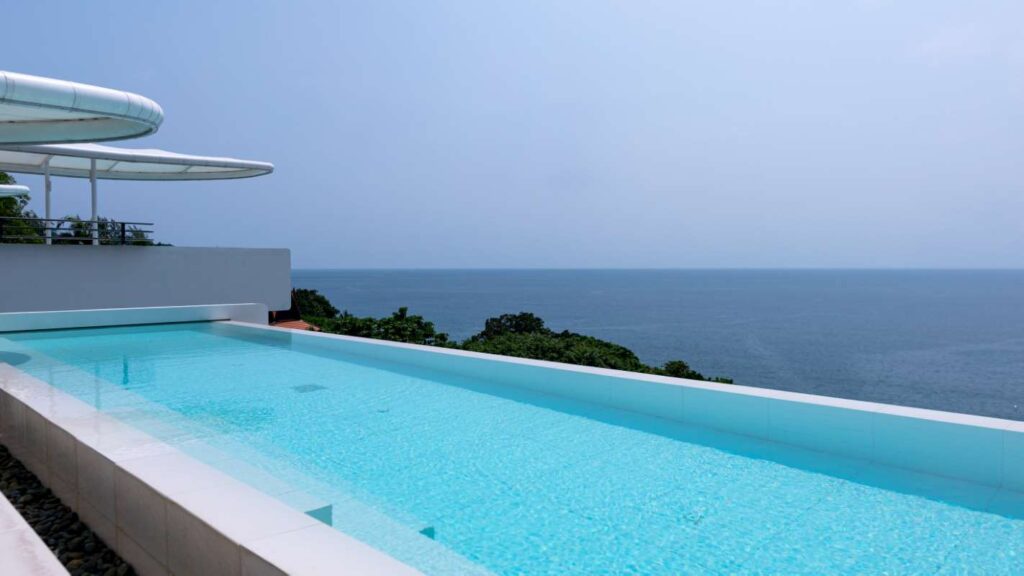Minimizing Evaporation: Tech Tools and Covers
Discover effective tech tools and covers that can minimize evaporation in pools, saving water and reducing maintenance costs.
This blog post delves into the essential strategies for minimizing evaporation in swimming pools, particularly focusing on modern tech tools and covers. As water scarcity becomes an increasing concern, understanding how to effectively reduce evaporation not only preserves precious resources but also lowers maintenance costs and enhances the sustainability of pool ownership. Join us as we explore a range of innovative solutions that can help pool owners maintain their investment more efficiently.
IntroductionEvaporation is a natural phenomenon that can significantly impact swimming pools, leading to excessive water loss and increased costs for pool maintenance. Factors such as temperature, humidity, wind speed, and surface area contribute to the rate of evaporation. With the growing emphasis on sustainable practices and conservation, it is crucial for pool owners to implement strategies that reduce evaporation. In this article, we will explore a variety of tech tools and covers designed to minimize water loss, enhance energy efficiency, and ultimately keep pools operating optimally.
Understanding Evaporation in Pools
– Evaporation is the process by which water changes from a liquid to a gas, leading to a decrease in pool water levels.- On average, pools can lose up to 1 inch of water per week due to evaporation, translating to thousands of gallons over the swimming season.- The rate of evaporation can be influenced by: – Temperature: Higher temperatures accelerate evaporation rates. – Wind Speed: Increased wind can enhance evaporation by removing the water vapor from the pool’s surface. – Surface Area: Larger pool surfaces experience more evaporation. – Humidity Levels: Lower humidity levels result in quicker evaporation.By understanding these factors, pool owners can take proactive measures to mitigate water loss.
Covering Pools: The First Line of Defense
Pool covers are one of the most effective tools for minimizing evaporation. They not only conserve water but also improve safety and reduce debris accumulation. Here are some popular types of pool covers:- Solar Covers: – Made from UV-resistant materials, these covers trap heat from the sun, reducing the need for additional heating and minimizing evaporation. – They can increase water temperature by up to 15 degrees Fahrenheit.- Winter Covers: – Designed for off-season use, these covers protect the pool from debris and minimize evaporation during cooler months. – Properly securing a winter cover can prevent water loss due to winter winds.- Safety Covers: – Safety covers provide a barrier to prevent accidents while also minimizing evaporation. – These covers are typically made from strong mesh or solid materials that can withstand pressure.- Automatic Covers: – Motorized and easy to operate, automatic covers provide convenience along with evaporation control. – They can be closed or opened with the push of a button, making them user-friendly.Investing in a quality pool cover can drastically reduce evaporation and save water throughout the pool’s lifespan.
Innovative Tech Tools to Combat Evaporation
In addition to pool covers, several innovative technologies can help further reduce evaporation and enhance pool maintenance. Here are some notable examples:- Evaporation Reduction Systems: – These systems use sensors to monitor weather conditions and adjust pool covers automatically. – By closing or opening the cover based on temperature and humidity, these systems minimize water loss effectively.- Liquid Pool Covers: – A newer solution, liquid pool covers consist of a thin layer of biodegradable molecules that float on the water’s surface. – They can reduce evaporation by up to 85% and are invisible to the naked eye.- Smart Pool Controllers: – Smart controllers can monitor water levels, temperature, and evaporation rates, allowing for proactive adjustments to heating or cover usage. – These devices can be integrated with smartphone applications for remote management.- Windbreaks: – Installing windbreaks, such as fencing or landscaping, can protect the pool from wind and reduce evaporation rates significantly. – Strategically placed windbreaks can save considerable amounts of water, especially in windy areas.By incorporating these tech tools into regular pool maintenance, owners can effectively tackle evaporation.
Best Practices for Minimizing Evaporation
Implementing the right tools is essential, but adopting best practices can further enhance water conservation efforts. Consider the following strategies:- Maintain Optimal Water Levels: – Keeping water levels at the recommended height minimizes surface area exposure, which reduces evaporation rates. – Use Pool Heaters Wisely: – Pool heaters can accelerate evaporation. Adjusting the temperature to be slightly lower during less active hours can help mitigate evaporation.- Optimize Chemical Usage: – Ensure that chemicals are balanced properly, as imbalanced water chemistry can lead to increased evaporation. – Regular Maintenance: – Regularly check for leaks or faulty equipment. Addressing these issues promptly prevents unnecessary water loss.- Increase Shade: – Adding shade structures or plants around the pool area can protect the surface from direct sunlight, effectively reducing evaporation.By implementing these best practices alongside tech tools and covers, pool owners can create a comprehensive strategy to minimize water loss.
The Impact of Minimizing Evaporation
Reducing evaporation not only conserves water but also has broader implications for pool maintenance. Here are some key benefits:- Cost Savings: – Lower water usage directly translates to reduced water bills and lower chemical requirements. – Environmental Benefits: – Conserving water helps preserve local ecosystems and contributes to sustainability efforts in the community.- Enhanced Pool Lifespan: – By protecting the pool with proper covers and reducing evaporation, owners can prolong the life of their pool structure and equipment.- Increased Comfort: – Maintaining optimal temperatures leads to a more enjoyable swimming experience for family and friends.In light of these benefits, it is evident that minimizing evaporation should be a priority for all pool owners.ConclusionIn summary, minimizing evaporation is a vital aspect of pool ownership that contributes to water conservation, financial savings, and enhanced enjoyment. By utilizing a combination of quality covers, innovative tech tools, and best practices, pool owners can successfully mitigate water loss and promote sustainability. With the growing emphasis on responsible water usage, investing in these strategies is not just beneficial for individual pool owners but is also essential for the environment. If you’re looking for guidance on purchasing a pool route to enhance your business, consider exploring our
Pool Routes For Sale to get started on your journey. For more information on how to effectively manage your pool services and conserve resources, check out
Superior Pool Routes.



